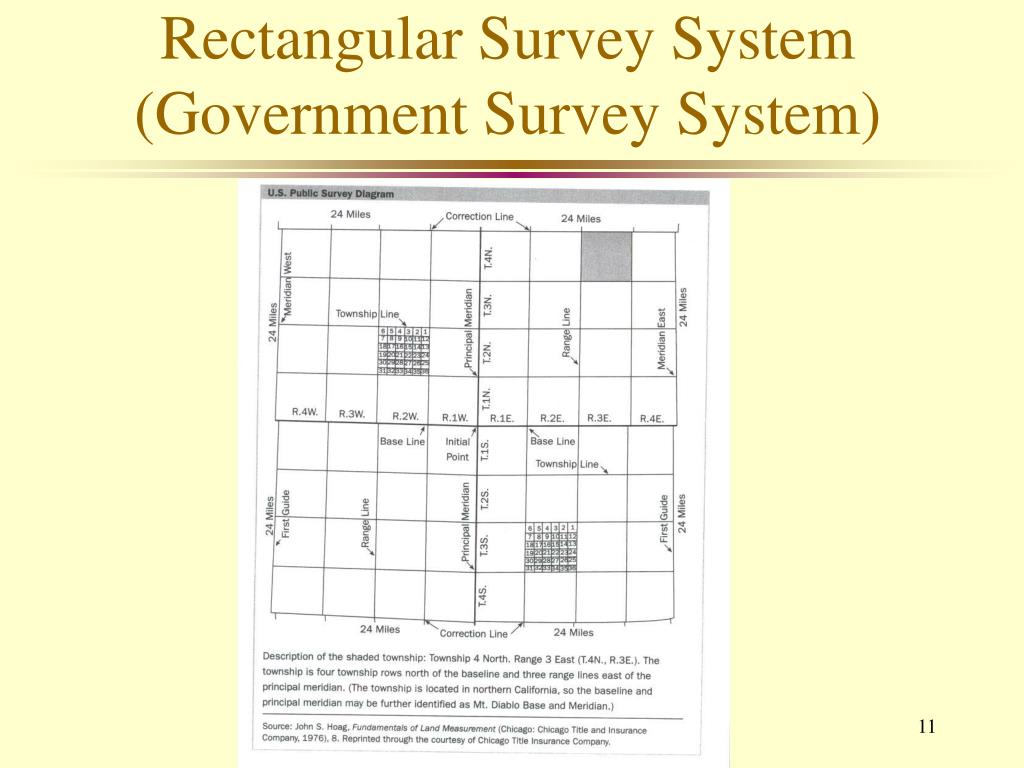
Possible relationships between the results from the quantitative analysis and underlying household social processes are also discussed and evaluated. The results from the transition matrix analysis suggest that the history of a parcel is of importance in that it does enable and constrain future parcelization types. The block, in turn, may be located by metes and bounds. This identifies a specific parcel by lot number with a given block, or subdivision plat. Enter the email address you signed up with and well email you a. Especially in urban areas, a legal description can be found using the lot-and-block (recorded plat) method. The Rectangular Survey Versus Metes and Bounds: Systematic and Unsystematic Land Demarcation. Results show that the most common type of parcelization is one where a parent parcel splits into two equally sized child parcels. A surveyor goes to the site with the legal description that points to the property lines. These types were then used to describe the trajectory of parcelization, or life history, of a parcel using a transition matrix approach.


The patterns of ownership parcelization were categorized into a typology based on characteristics of the parent and child parcels using a cluster analysis. For a study area in south-central Indiana, a digital spatial dataset of ownership parcels was created from historical plat maps for the period of 1928–1997.

The determination of boundaries in the United States is often difficult because early surveyors often confined themselves to minimal description - that is, to a bare statement of the metes and bounds, courses and distance. Parcelization of land ownership is a process that has dramatic implications for how landscapes are managed and how socioeconomic changes ultimately affect the pattern, composition and characteristics of the landscape. Many metes-and-bounds descriptions fail to include all of these particulars and are frequently very difficult to retrace.


 0 kommentar(er)
0 kommentar(er)
